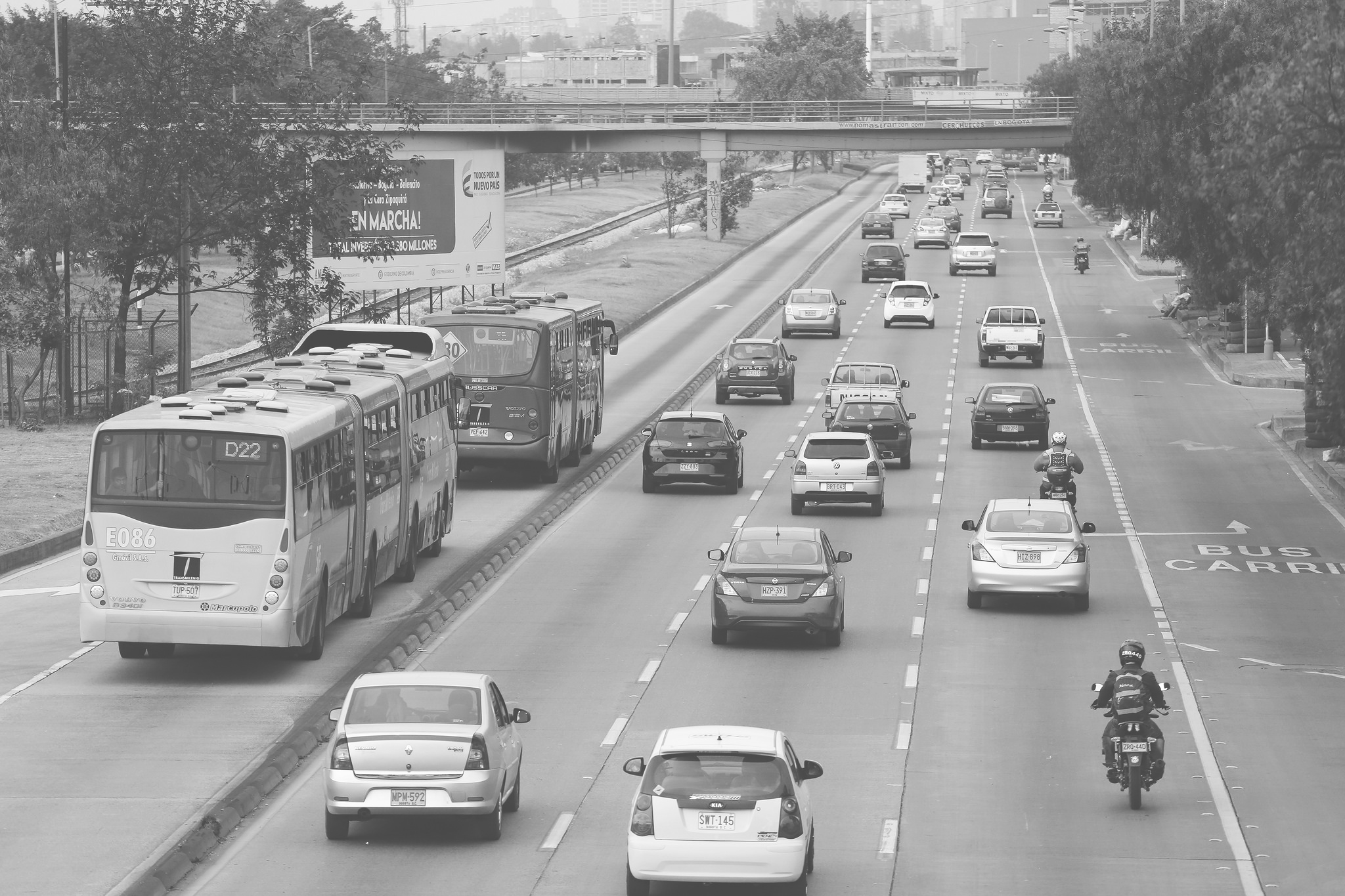Promoting mobility and walkability through planning and financing strategies

Promoting mobility and walkability through planning and financing strategies

New mobility services could improve the lives of all urban inhabitants. This first ever global survey finds that applying three types of new mobility services – electric, on-demand minibuses, subsidized shared rides, and trip-planning and ticketing apps – can make public transport more affordable, accessible and sustainable, if integrated properly.
Download the document here.
A global reference guide to help cities save lives from traffic fatalities through improved street design and smart urban development.
Download the document here.
Reference Source: WRI
In developing countries, buses are the backbone of public transit, and the poor depend on them to access employment and other urban services. But these bus services are often unsafe, offer poor service, and are environmentally unfriendly. Bus-based public transit has been dominated by three inadequate models, and poorly run and weakly regulated bus-based public transit strains cities competitiveness and finance.
As the developing world rapidly urbanizes, the demands on transport systems also grow often at a faster pace than the population. Given the above tendency, an effective and coordinated approach to urban transport requires that sound policies be put into place. Such policies enunciate the direction that a government wants to take; they lay the basic framework for downstream planning as well as project identification and prioritization. This document policy lays out the guiding principles for more detailed downstream planning.
Urban transport systems are essential for economic development and improving citizens' quality of life. To establish high-quality and affordable transport systems, cities must ensure their financial sustainability to fund new investments in infrastructure while also funding maintenance and operation of existing facilities and services.
Cities in developing countries are experiencing unprecedented urban growth. Unfortunately, this is often accompanied by the negative impacts of sprawl as a result of rapid motorization such as congestion, air pollution, greenhouse gas emissions, inefficient use of energy and time, and unequal accessibility. As these cities are often under severe fiscal constraints, they face great challenges in financing capital-intensive mass transit systems to reverse the course of these negative trends.
This study explores the complex process of transit and land-use integration in rapidly growing cities in developing countries. It first identifies barriers to and opportunities for effective coordination of transit infrastructure and urban development. It then recommends a set of policies and implementation measures for overcoming these barriers and exploiting these opportunities. Well-integrated transit and land development create urban forms and spaces that reduce the need for travel by private motorized vehicles.
Imagine a city that is more competitive, with higher-quality neighborhoods, lower infrastructure costs, and lower C02 emissions per unit of activity. This city has lower combined transportation and housing costs for its residents than other cities at similar levels of economic activity. Its residents can access most jobs and services easily through a combination of low-cost public transport, walking, and cycling. Its core economic and population centers are resilient to natural hazards.